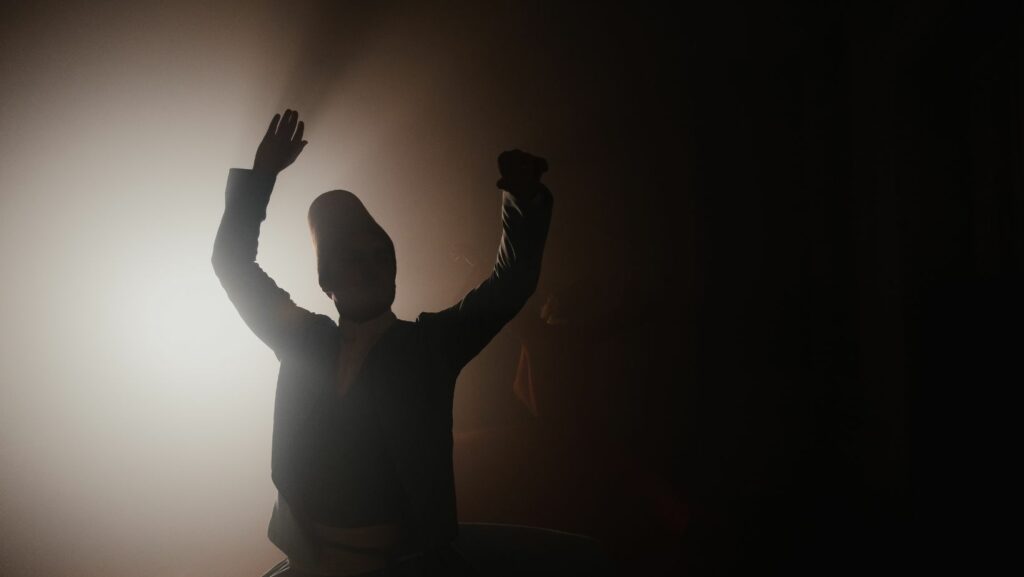Cinematic Arts Major
In an era where storytelling reigns supreme, a major in cinematic arts offers students a gateway to the captivating world of film and media. This vibrant field combines creativity with technical prowess, allowing aspiring filmmakers, screenwriters, and producers to bring their visions to life. From understanding the nuances of directing to mastering the art of editing, a cinematic arts major equips students with a diverse skill set tailored for the dynamic entertainment industry.

As digital platforms continue to expand, the demand for fresh, innovative content has never been higher. A degree in cinematic arts not only hones artistic talent but also opens doors to a multitude of career paths. Students delve into the intricacies of visual storytelling, learning to craft compelling narratives that resonate with audiences worldwide. With a blend of theory and hands-on experience, this major prepares graduates to navigate and thrive in the ever-evolving landscape of film and media.
Overview of Cinematic Arts Major
The cinematic arts major offers an interdisciplinary approach to storytelling, combining film theory with hands-on production experience. Students explore diverse cinematic traditions and techniques, developing a comprehensive understanding of the medium. Core courses include film analysis, scriptwriting, cinematography, and sound design, providing foundational knowledge and skills.
Electives allow for specialization in areas such as animation, documentaries, or visual effects. Faculty members, often industry professionals, guide students through collaborative projects, encouraging innovation and creativity. The curriculum emphasizes critical analysis and problem-solving, essential for navigating the rapidly changing film landscape.
Networking opportunities abound, including internships and industry events, connecting students with filmmakers and producers. Graduates enter roles like directors, editors, screenwriters, and producers, equipped with the expertise needed for a dynamic career in film and media.
Curriculum and Coursework
A cinematic arts major combines technical skills and creative expression. The curriculum balances core courses with a selection of specialized electives.
Core Courses

Core courses form the foundation of the cinematic arts curriculum. Film Analysis teaches students to critically examine films, focusing on narrative techniques and cinematic styles. Scriptwriting encourages crafting compelling stories, emphasizing structure and character development. Cinematography provides hands-on experience with camera work and lighting design to enhance visual storytelling. Sound Design covers the creation of audio landscapes, vital for immersive viewer experiences.
Elective Courses
Elective courses allow students to tailor their education to specific interests. Animation explores the art of bringing images to life, focusing on traditional and digital techniques. Documentary Filmmaking provides insights into nonfiction narrative creation, encompassing research, interviewing, and editing skills. Visual Effects introduces software and techniques for creating digital simulations and enhancements. These courses encourage specialization and depth in chosen areas, enhancing versatility in the film and media industry.
Skills Developed in Cinematic Arts
The cinematic arts major cultivates essential skills for a successful career in the film and media industry. This section breaks down the specific technical and creative competencies students gain through the program.
Cinematic arts students master a range of technical proficiencies crucial for film production. They learn camera operation and lighting techniques, ensuring high-quality visual output. Editing skills are developed using industry-standard software like Adobe Premiere Pro and Final Cut Pro, enabling seamless post-production workflows. Sound design expertise is honed through tools such as Pro Tools, equipping students to create compelling audio landscapes. Knowledge of visual effects, gained through software like After Effects, allows for the integration of creative elements into visual storytelling.

A major in cinematic arts nurtures various creative abilities vital for storytelling. Scriptwriting courses refine students’ narrative structure and character development techniques. Storyboarding skills facilitate the planning of visual scenes before shooting, enhancing overall narrative flow. Directing exercises improve leadership and communication, enabling the effective management of creative teams. The curriculum encourages innovative thinking and problem-solving, fostering a unique artistic voice that stands out in the competitive film landscape.
A major in cinematic arts offers a comprehensive education that bridges creativity with technical prowess, preparing students for a wide array of careers in the ever-evolving film and media industry. By blending theoretical knowledge with hands-on experience, students gain a deep understanding of visual storytelling and narrative crafting.

